Annyeong!! Hi guys~
We meet again and sadly want to say that this post is my last part of my Korea trip. But don't worry, I'll still post anything related to Korea.
As for our last day, we spent our morning time in Namdaemun (sorry guys, no pictures taken during there, so busy in shopping... LOL).
After tired of shopping, we went back to our guest house and rest for a while.
About 3 hours after that (we are so tired, seriously), we start our journey to Han River Park. As you can see below, there are the scene in the park. It was so big actually but we just be in a part of it.
 |
| Twilight in Han River Park |
 |
| Night view |
We spent about two hours there and after our stomach starveling, we decide to go to Shindangdong Tteokbokki Town as our last meal before went back.
We went to Morning Glory Shop just like Yongseo (We Got Married couple) did and saw these flush toys. Oh My Yongseo heart!! (sorry for spazzing here)
Okay guys, that's all for my Korea Trip 2012. Hopefully we can meet for another interesting story about Korea. Till we meet again~
.jpg)






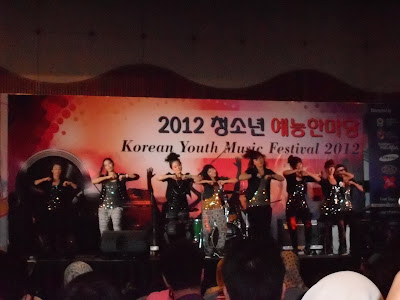
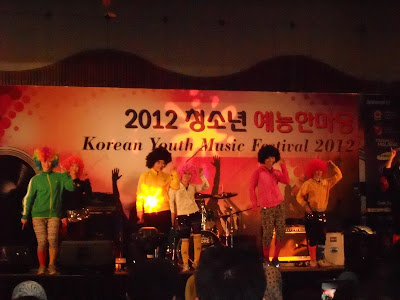






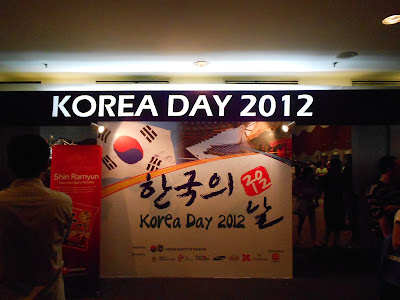












 Chuseok (Hangawi)
Chuseok (Hangawi)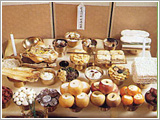 Charye (ancestor memorial services)
Charye (ancestor memorial services)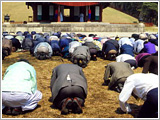 Beolcho (clearing the weeds around the grave) and Seongmyo (visiting ancestral graves)
Beolcho (clearing the weeds around the grave) and Seongmyo (visiting ancestral graves)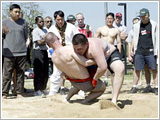 Ssireum (Korean wrestling)
Ssireum (Korean wrestling)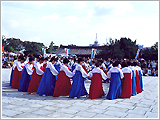 Ganggangsullae (Korean circle dance)
Ganggangsullae (Korean circle dance) 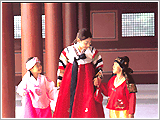 Chuseokbim (Chuseok dress)
Chuseokbim (Chuseok dress)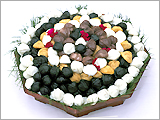 Songpyeon
Songpyeon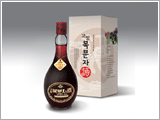 Liquors
Liquors